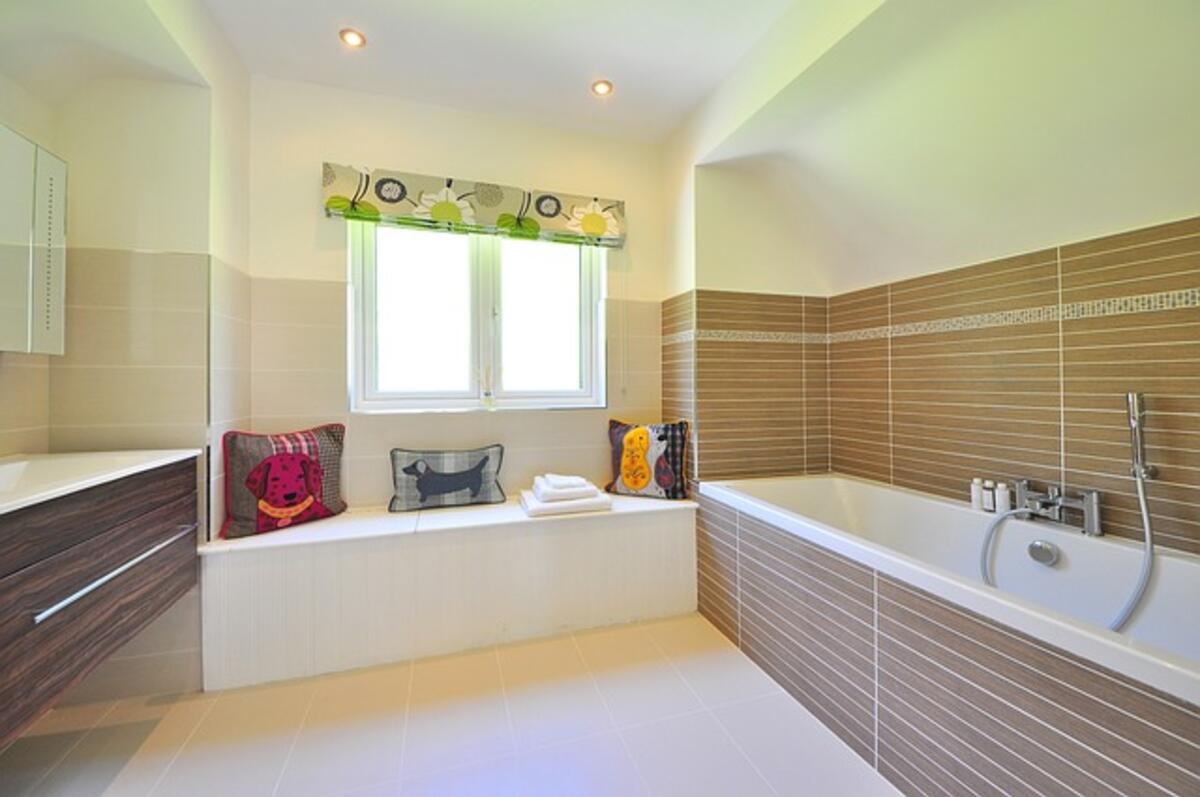Installing a bathtub is extensive, even if you’ve picked a “lightweight” fiberglass or acrylic model. A standard framed tub or a freestanding model like a claw foot tub are the two most common types of bathtubs on the market. One of the most important factors to consider is how much room you have in your bathroom while selecting. If you have a framed tub and need to replace it, you can’t just put a claw foot tub in there because they don’t take up the same amount of room. Take accurate measurements of the available space in your bathroom before settling on a tub to purchase.
Stand-Alone Bathtubs
When installing a freestanding or claw foot tub, the first step is to jack it up like a car so you can get below it and do the work. No bathtub jacks are available, so you’ll have to make do with the packing or perhaps some bricks draped in towels. You’ll have plenty of space to spread out while assembling the parts.
To use the bathtub, begin at the bottom. Put the feet where they belong on the tub, as each is specifically sized for a specific location. You might benefit from having a pal assist you with this. First, attach both feet to the end of the tub where the plumbing is located.
Always reconnect the hot water supply to the hot water supply and the cold water supply to the cold water supply while installing plumbing fittings. You don’t want to waste time later unhooking and re-hooking them properly because you messed up the first time.
With the legs in place, the bathtub can now be used without the jacking material. You may need to add space washers to the legs to get them to rest flat. Unless your house is severely skewed, you may only need a few washers, if any at all.
Classic, Enclosed Tub
The installation process can be straightforward if you’re swapping out an old framed-in tub for a similar new one. However, framing the space is an absolute must if you’re starting from scratch in a new bathroom. Ledgers, which are 2x4s, are added to the back and sides of the tub and fastened into the wall studs. The piping can be installed once the framing is done. Reusing the plumbing is another advantage of replacing an old tub.
When installing a new bathtub, it’s essential to have plenty of helpers on hand. Tubs are cumbersome because of their weight and the fact that they are unbalanced when being carried. After inserting the tub into the frame, level it to ensure proper fit. Shim the tub’s walls into place until they are at a 90-degree angle. The bottom of the tub is not perfectly flat, so keep that in mind.
Put together your drainage and overflow pipes and check for proper alignment. The p-trap and the drain pipes are part of the drainage system that must be attached. After the lines are in place, the final ledgers can be set up.
Assuming everything has been assembled correctly, the tub can be placed on the ledgers. As a result, the drainpipe may easily fit into the p-trap. Nail it down and attach all piping and cover plates using the bathtub’s supplied hardware. After all the pipes and fittings are in place, you should run water through them to check for leaks.
It’s important to double-check your work several times after installing a tub of any kind to ensure it’s done correctly. Once you’re sure everything is in order, you can use the tub by running a bead of caulking along its edges where they meet the wall and waiting at least 24 hours for the caulking to set. If it wasn’t installed correctly, the tub could slide back off the ledgers when you or a family member had a soak. Always err on the side of caution. Find a licensed plumber to assist you if you are unsure of your abilities.
Please stop by our site [http://www.bathroomstyleguide.com/bathroom-ideas/aromatic-bath-salts-create-your-own/] to learn more about making your all-natural bath salts. as well as suggestions for bathroom decor and layouts [http://www.bathroomstyleguide.com/bathroom-design/bathroom-design-ideas/].
Read also: https://www.mycheapseo.com/category/technology/

